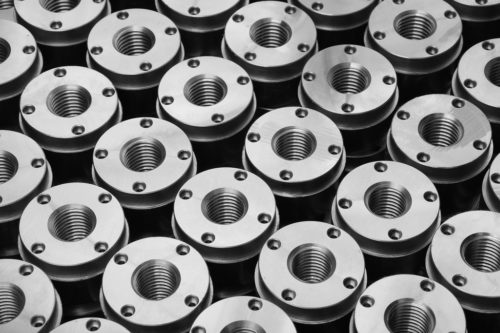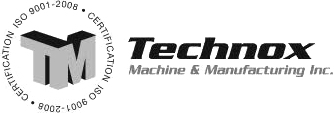What Are the Challenges of Large Part Machining?

How Large Part Machining is Different
Large part machining may require extra steps or possess additional factors that need to be taken into account, magnified, or multiplied in order to get the job done effectively. Some of these include:
Accuracy
Factors that typically influence machining accuracy in a negative way are magnified when parts are larger. This means that careful consideration needs to be placed on monitoring and countering these factors. Temperature is one of the more notable and significant examples of this. The process for machining massive parts generates larger amounts of heat, so users must compensate for this heat to maintain integrity of the final part.
Stress
Material stress is yet another factor that’s frequently overlooked when smaller parts are being fabricated. Workpieces of a conventional size often leave some room for error here, but large parts do not. Stress-related distortions must be located and fixed promptly in order to keep them from negatively impacting finishing accuracy.
Tooling
In the case of large five-axis machine spindles, the range of rotary-axis travel is essential. Machining large parts quickly means that the tooling range must account for the size of the design to ensure that time is not lost per part. Spindles that can reach all holes on a part at once make for faster work.
Tolerances
As these parts have a larger surface area, additional quality checks may be required to ensure that parts are being fabricated with reliable repeatability. Performing semi-finish passes and setting aside the time to measure between them before taking one or more finishing passes can be key to achieving strict tolerances.
Challenges Facing the Large Part Machining Industry
Large part machining offers a range of unique challenges. When implementing new processes, keep the following three obstacles in mind:
1. Implementing Large Manufacturing is a Tough Process
Implementing large part machining capabilities can be a stressful process. Investments in equipment capable of machining larger parts involves a certain amount of risk. Staff will require additional training on the new equipment to successfully fabricate oversized parts, which may cause some internal frustration or pushback from the workforce.
2. Buying in at the Shop-Floor Level
The individuals who will be doing the legwork behind large manufacturing need to be invested in the process. Any shop relies on the experience and abilities of its workforce to drive success. Without support at the ground level, new large part initiatives will suffer.
3. Don’t End Experiments Prematurely
It takes more time than many professionals may expect to fine-tune a large part manufacturing process and get it right. Stumbling along the way and needing to adjust your process is normal, but not everybody has an easy time coming to terms with this. It’s easy to think your process is broken or ineffective when it’s in its infancy, and this is how many larger projects fail.
For more information about our large part machining capabilities, or if you’re interested in what large part machining could mean for your organization, please contact us.



